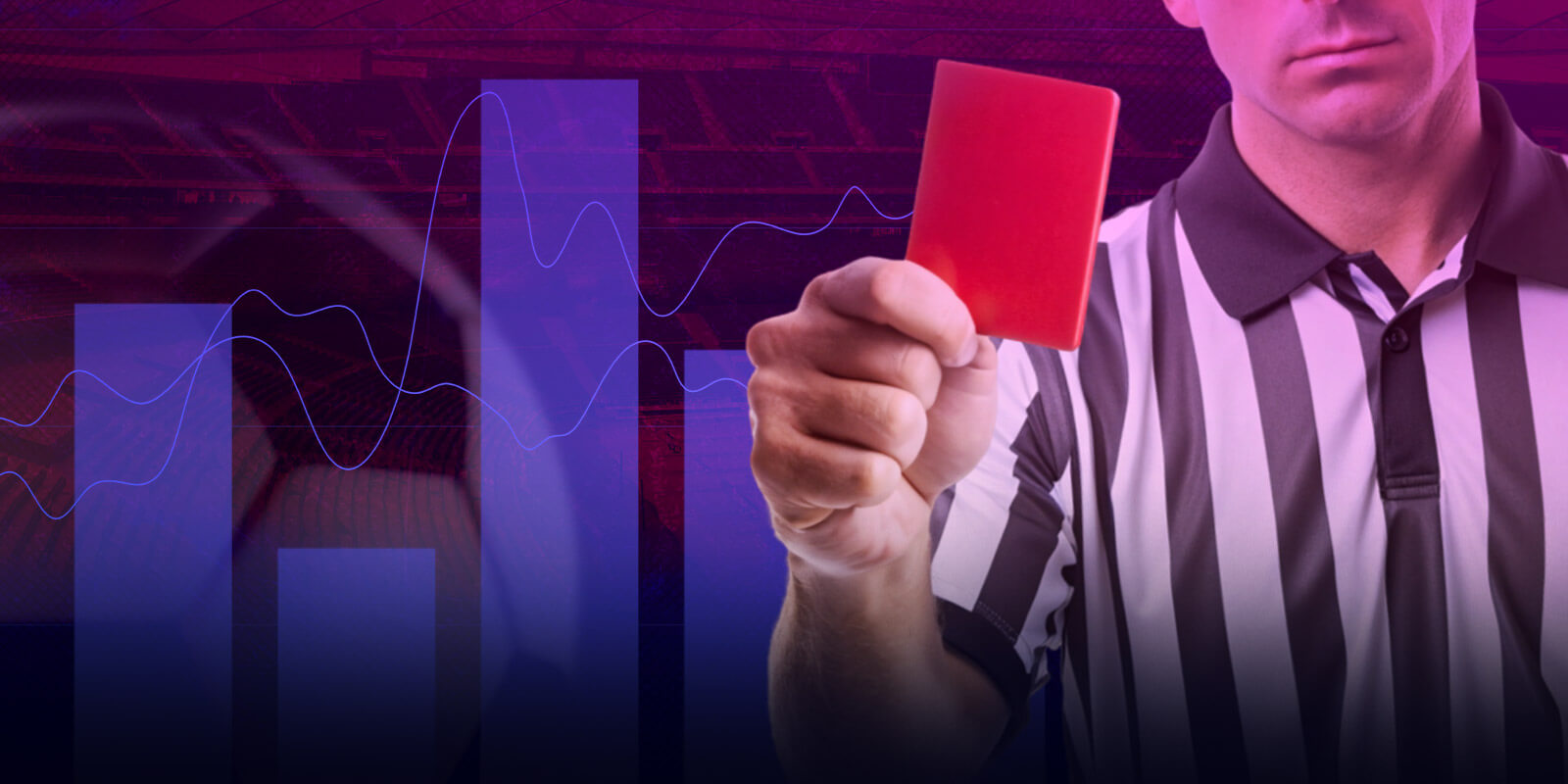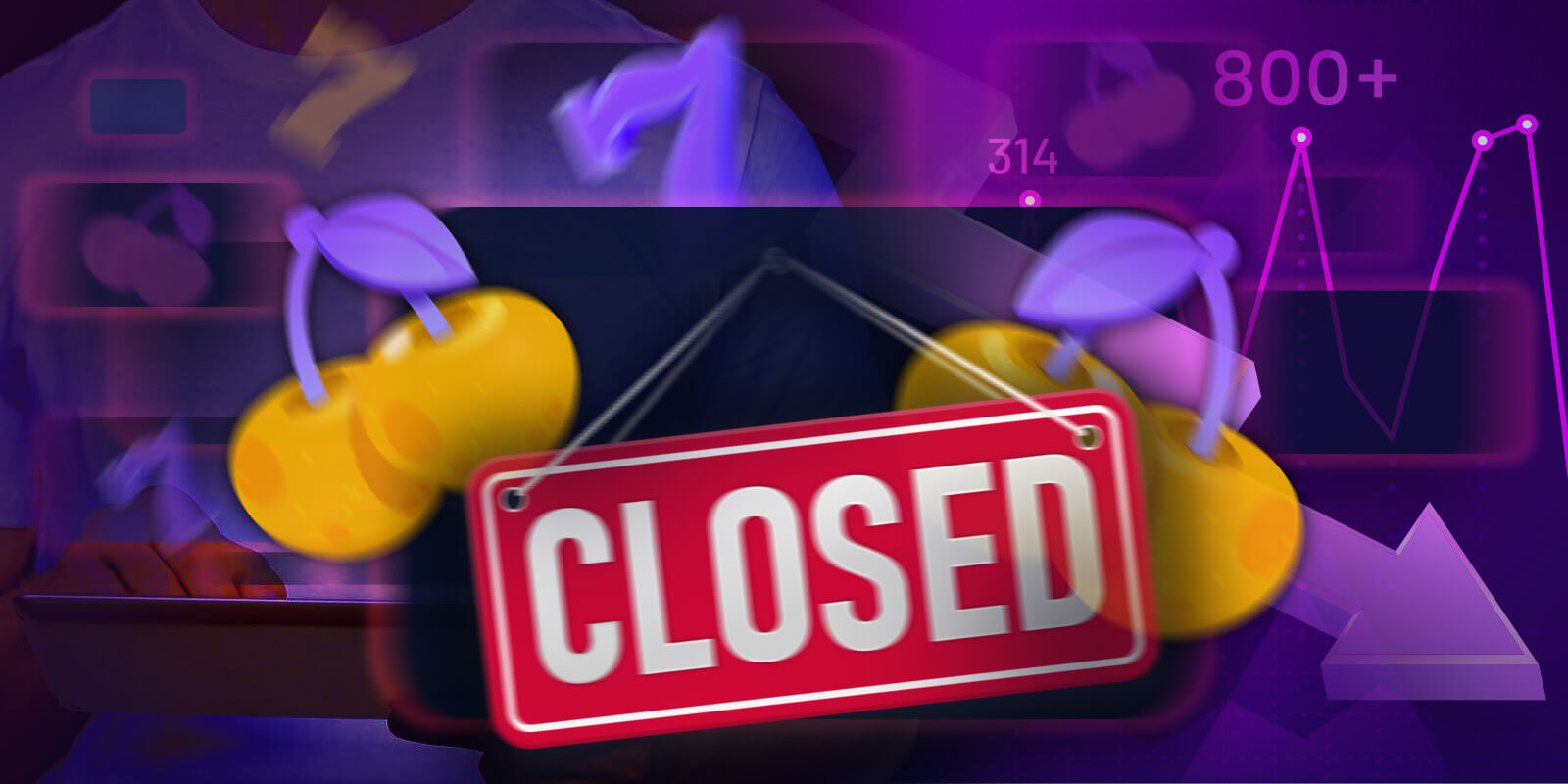What Are the Chances of a Red Card and How It Flips Betting Markets

Affiliate Disclosure : We earn a commission from partners links on BetterGambling. Commissions do not affect our editors' reviews, recommendations, or ratings.
When a red card hits, markets don’t just adjust, they execute a playbook. Bookmakers have pre-built models that predict player overreactions, and most bettors walk straight into them. In this guide, we’ll decode how red cards really flip betting markets, who profits first, and why the first odds you see after a card are almost never the ones you should trust.
How Likely Is a Red Card? The Numbers from Top Leagues
Well, that depends on your perspective. Is one red card every 4 or 5 games too much? Too little? Honestly, it’s a bit of a footballing Rorschach test.
But if you’re here looking for a betting edge or just curious if you can predict when chaos will strike, we’ve got the data to show you what kind of mood the referees (and yes, our friends in the VAR booth) tend to be in. Here are the red card averages across the top 5 football leagues in Europe and the most notorious offenders in each league:
| League | Red Cards Per Match | Most Red Cards (All Time) |
|---|---|---|
| Premier League | 0.19 | Arsenal |
| La Liga | 0.22 | Sevilla |
| Serie A | 0.24 | Lazio |
| Bundesliga | 0.18 | Stuttgart |
| Ligue 1 | 0.20 | Montpellier |
The Probability Model: What Increases Red Card Risk?
If your gut’s ever told you a red card is coming just by how a player’s moving, congrats! You’ve intuitively grasped the concept of conditional probability.
Statistically, we can break it down like this:
P(Red) = B + (F × I × T) + Y
B is the base red card probability, F the foul pressure (fouls committed ÷ match average), I the intensity multiplier, T the time pressure (i.e. the stage of the game), and Y the yellow card flag (0 if no booking, 0.2–0.4 if booked depending on role).
So if a midfielder has a booking, his team is trailing in a high-stakes match, and they’re pressing like there’s no tomorrow in the 80th minute, that red card probability can shoot up fast.
With this, you can spot high-risk match states before the ref even reaches for their pocket. And if you can see it coming, you might just outpace the bookies, too.
Live Odds Reactions: How Bookmakers Adjust in Real Time
Red cards change games for betting markets just as much as they do for fans. When a player is sent off, bookmakers adjust the odds in real time to align them with the new reality on the pitch. For instance, a 2.80 underdog can flip to a 1.70 favourite once the other team loses a key player.
The odds swing depends on a few variables. If it’s a star striker or a key defender walking off, the impact is bigger than if it’s, say, the backup left-back. The odds also shift based on how lopsided the matchup is. If a top-six club goes down to 10 men against relegation scrappers, the market reaction will be far more dramatic.
Then there’s the scoreline and timing. A red card at 0–0 in the 20th minute? That’s a full reset. But one in the 88th minute, when the team with ten men is two goals clear? Bookies won’t even blink.
We’ve also noticed that when something like this happens, betting markets often get suspended either for a few seconds while the algorithms recalculate or permanently if the outcome suddenly feels like a foregone conclusion.
Your best move as a punter? Be quick. If you’re watching live and spot the red card before the sportsbook reacts, you’ve got a golden window to place your bet before the numbers catch up.
Red Card Betting Markets: High-Risk, Low-Frequency Strategy
Markets like Any Red Card? and Player to Be Sent Off promise great payouts, but they’re extremely risky. Red cards happen in less than 1 in 4 matches on average, and predicting them might feel like backing a thunderstorm in July.
To see if the odds are worth it, we like to use the Expected Value (EV) formula, where:
EV = (P × Odds) − (1 − P)
If the probability of a red card (P) is 0.25, by historical patterns, and the bookie offers decimal odds of 4.00, the expected value for the bet would be as follows:
EV = (0.25 × 4.00) − (1 − 0.25) = 1 − 0.75 = 0.25
0.25 is a positive EV, which, on a normal day, is worth a shot. However, due to inflated odds and tiny sample sizes, your EV will be negative nine times out of 10. In essence, tempting odds don’t always mean good bets even when the expected value is positive.
Red Cards as Chaos Engines in Probability-Driven Matches
Red cards are rare, but when they show up, they throw everything into chaos. Bookies scramble to rejig the odds, managers start playing tactical Twister, and gamblers are left wondering if they can see the future. Let’s put it this way—predicting a red is tough. But believe it or not, you can see it coming most of the time.
That being said, the trick isn’t guessing the exact second the match will go off the rails. It’s spotting the warning signs early—the tension, the tackles, the frustration build-up—and using them to sense when a red card might crash the party.
Resources
- https://www.premierleague.com/stats/top/clubs/total_red_card?se=-1
- https://www.statmuse.com/fc/ask/which-team-has-the-most-red-cards-ever-in-ligue-1
- https://www.statmuse.com/fc/ask/which-team-has-the-most-red-cards-ever-in-bundesliga
- https://www.statmuse.com/fc/ask/which-team-has-the-most-red-cards-ever-in-serie-a
- https://www.statmuse.com/fc/ask/which-team-has-the-most-red-cards-ever-in-laliga




